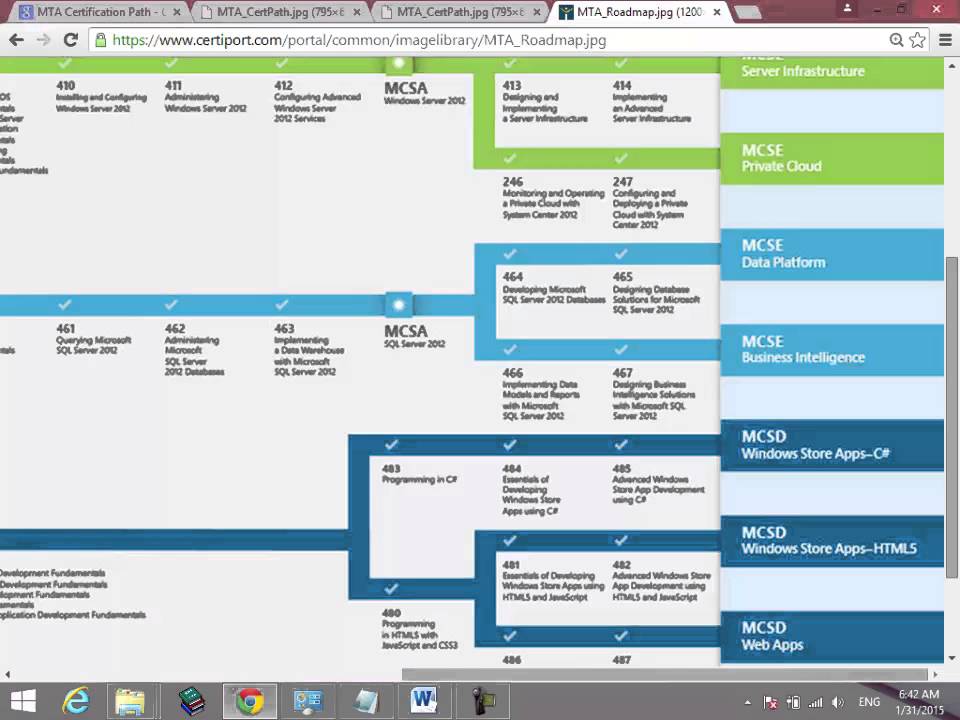دورة مبادئ إدارة قواعد بيانات بشهادة ميكروسوفت الدولية MTA 98-364 Exam98-364 Database Fundamentals Content of Course Understanding core database concepts (20–25%) • Understand how data is stored in tables • Understand what a table is and how it relates to the data that will be stored in the database; columns/fields, rows/records • Understand relational database concepts • Understand what a relational database is, the need for relational database management systems (RDBMS), and how relations are established • Understand data manipulation language (DML) • Understand what DML is and its role in databases • Understand data definition language (DDL) • Understand how T-SQL can be used to create database objects, such as tables and views Create database objects (20–25%) • Choose data types • Understand what data types are, why they are important and how they affect storage requirements • Understand tables and how to create them • Purpose of tables; create tables in a database by using proper ANSI SQL syntax • Create views • Understand when to use views and how to create a view by using T-SQL or a graphical designer • Create stored procedures and functions • Select, insert, update or delete data Manipulate data (25–30%) • Select data • Utilise SELECT queries to extract data from one table, extract data by using joins, combine result sets by using UNION and INTERSECT • Insert data • Understand how data is inserted into a database, how to use INSERT statements • Update data • Understand how data is updated in a database and how to write the updated data to the database by using the appropriate UPDATE statements, update by using a table • Delete data • Delete data from single or multiple tables, ensure data and referential integrity by using transactions Understand data storage (15–20%) • Understand normalisation • Understand the reasons for normalisation, the five most common levels of normalisation, how to normalise a database to third normal form • Understand primary, foreign and composite keys • Understand the reason for keys in a database, choose appropriate primary keys, select appropriate data type for keys, select appropriate fields for composite keys, understand the relationship between foreign and primary keys • Understand indexes • Understand clustered and non-clustered indexes and their purpose in a database Administer a database (10–15%) • Understand database security concepts • Understand the need to secure a database, what objects can be secured, what objects should be secured, user accounts and roles • Understand database backups and restore • Understand various backup types, such as full and incremental, importance of backups, how to restore a database

